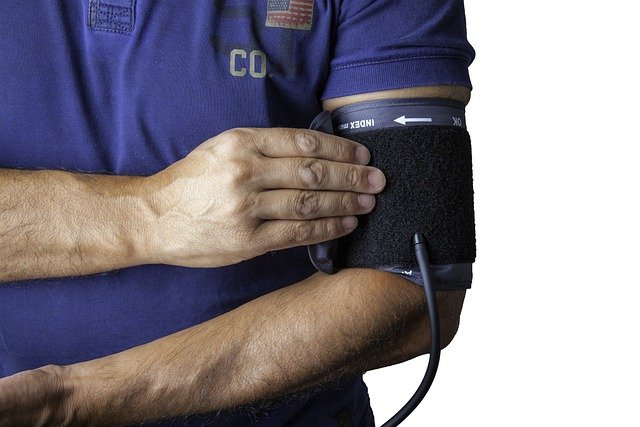Patient engagement techniques that reduce avoidable events
Patient engagement strategies that combine technology, personalized communication, and coordinated workflows can reduce avoidable events by improving prevention, monitoring, and early diagnostics. This article describes practical approaches that use wearables, analytics, telemedicine, interoperability, and strong data security to support chronic care management, screening, and risk reduction.

This article is for informational purposes only and should not be considered medical advice. Please consult a qualified healthcare professional for personalized guidance and treatment.
Effective patient engagement reduces avoidable events by connecting timely screening, prevention and monitoring with actionable care plans. When patients receive relevant feedback and clinicians have clear analytics, interventions can be targeted at the right time to address rising risk. This article outlines techniques that combine wearables, remote diagnostics, telemedicine and interoperable systems with personalization and data security to improve outcomes across chronic care pathways.
How wearables support prevention and monitoring
Wearables provide continuous physiologic and activity data that make prevention more proactive. For many patients, devices that track heart rate, activity, oxygen saturation and glucose trends enable early detection of deviations from baseline. Integrating wearable outputs into routine monitoring workflows helps trigger screening steps or adjustments in therapy before symptoms escalate. For local services, validated wearable programs paired with patient education can reduce emergency visits by improving daily self-management and adherence to prevention plans.
What analytics reveal about risk and outcomes
Analytics transform raw monitoring and clinical data into prioritized risk signals and measurable outcomes. Predictive models and trend analysis can flag patients at higher short-term risk of hospitalization or deterioration, allowing care teams to act quickly. Analytics also provide visibility into which interventions reduce avoidable events, helping to refine screening protocols and allocate resources to high-impact prevention. Presenting analytic findings in clear formats for both clinicians and patients supports shared decision-making and sustained engagement.
How telemedicine enables remote diagnostics
Telemedicine extends access to timely assessment and supports remote diagnostics without requiring in-person visits. Video visits, secure messaging, and asynchronous data review allow clinicians to interpret monitoring trends and order targeted diagnostics when needed. Remote consultations combined with point-of-care testing or at-home sample collection can accelerate diagnosis and treatment adjustments, reducing delays that contribute to avoidable events. Telemedicine is particularly useful for follow-up after screening or when monitoring chronic care conditions between visits.
Why interoperability matters for screening and chronic care
Interoperability ensures that wearable data, lab results, EHR notes and remote monitoring records flow across care teams. When screening results and monitoring trends are visible to primary care, specialists and allied services, coordination improves and redundant testing declines. Standardized data exchange supports timely referrals, follow-up scheduling, and population-level prevention efforts. Interoperability also helps clinics and local services maintain consistent care plans that reduce gaps leading to avoidable events.
How personalization improves engagement and adherence
Personalization tailors reminders, educational content and follow-up schedules to a patient’s preferences, language and social circumstances. Combining patient-reported outcomes with objective monitoring enables care teams to prioritize interventions most likely to change behavior. Personalized goals, contextualized feedback from analytics and adaptive messaging increase engagement and medication adherence. When patients perceive recommendations as relevant and achievable, they are more likely to participate actively in screening, prevention, and chronic care management.
How data security builds trust in remote programs
Data security underpins sustained participation in remote monitoring, telemedicine and digital diagnostics. Clear consent processes, encryption, access controls and privacy policies reassure patients that their information is protected. Transparent communication about how data are used for prevention and outcomes measurement increases willingness to share monitoring data. Robust data security practices combined with interoperable systems enable safe coordination across providers while maintaining patient trust in remote and local services.
Patient engagement techniques that reduce avoidable events rely on aligning technology, workflow and communication with patient needs. Integrating wearables, analytics, telemedicine and interoperable records—while emphasizing personalization and data security—supports earlier detection, targeted screening, and more effective chronic care. These combined approaches can shift care from reactive to preventive, improving outcomes and reducing unnecessary utilization.





